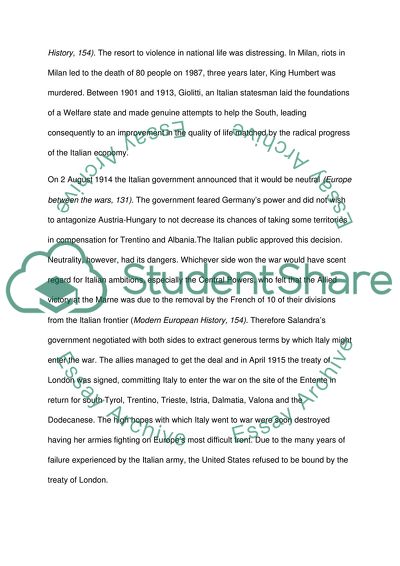Cite this document
(“Why did revolution fail in Western Europe after the First World War Essay”, n.d.)
Retrieved from https://studentshare.org/miscellaneous/1549058-why-did-revolution-fail-in-western-europe-after-the-first-world-war-answer-with-reference-to-one-or-more-of-the-following-countries-germany-italy-and-spain
Retrieved from https://studentshare.org/miscellaneous/1549058-why-did-revolution-fail-in-western-europe-after-the-first-world-war-answer-with-reference-to-one-or-more-of-the-following-countries-germany-italy-and-spain
(Why Did Revolution Fail in Western Europe After the First World War Essay)
https://studentshare.org/miscellaneous/1549058-why-did-revolution-fail-in-western-europe-after-the-first-world-war-answer-with-reference-to-one-or-more-of-the-following-countries-germany-italy-and-spain.
https://studentshare.org/miscellaneous/1549058-why-did-revolution-fail-in-western-europe-after-the-first-world-war-answer-with-reference-to-one-or-more-of-the-following-countries-germany-italy-and-spain.
“Why Did Revolution Fail in Western Europe After the First World War Essay”, n.d. https://studentshare.org/miscellaneous/1549058-why-did-revolution-fail-in-western-europe-after-the-first-world-war-answer-with-reference-to-one-or-more-of-the-following-countries-germany-italy-and-spain.


